
The world, as we know it, is over. Everyone has a choice: depend on life-saving rations doled out by the unfeeling Government or link yourself to a criminal network of black-hearted dealers and scavengers. When Onslow’s son falls to the disease, the District Warden discards his morals to meet the boy’s needs. At the abandoned theme park across town, young Maya sees the writing on the wall. Her grandfather’s condition is worsening, and the walk to his distributor is getting more dangerous. Maya can see what Charlie won’t admit: Vampires are coming, if he doesn’t bleed himself dry first.
From Population Purge‘s first moments, it is evident; This is not a big-box film. Brian Johnson is credited as director, co-writer, and editor of Population Purge, and–if ‘industry standard’ for independent sci-fi projects applies– he pulled this project from pre- to post-production through sheer force of will. The comparison exposes enough low-hanging fruit to keep types of Niche Film Enthusiasts fed through the summer. There are thematic issues and pacing issues, largely due to screenplay and editing choices that would have benefited review: Ideally by a board of (elite, well compensated) writers and editors. I am sure Johnson–who began this project as an industry veteran–would have appreciated the luxury.
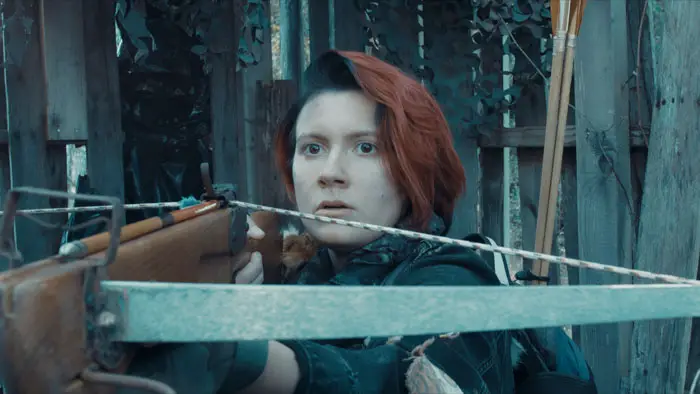
“…depend on life-saving rations doled out by the unfeeling Government or link yourself to a criminal network of black-hearted dealers and scavengers.”
Shooting on location in North Carolina, Johnson populates District 22 with dusty offices and warehouses, trailer parks, strongholds, and hide-outs. The drab palate of town is contrasted by the post-apocalyptic kitsch of the theme park. Johnson’s dystopian vision references contemporary apocalyptic media, blending elements of historical fiction and fantasy, modern sleaze, and future technology into one aesthetic. The combination falls somewhere between The Hunger Games and Fallout franchises. Fortunately, the cast–coordinated by Johnny Soto and Michael Mercaldi– delivers the choreographed ultra-violence we have come to expect in such environments.
Population Purge begins after the purge itself, focusing on interpersonal conflict and relationships instead of large-scale, faction-based conflict. The narrative follows an ensemble of characters with conflicting interests, objectives, and personal ties. We watch as these elements force each character to adapt, overcome, or succumb to their environment. Charlie, played by Peter Holland, is the heart of it all; his connections to each character tie them together. Unfortunately, Charlie’s connection to reality is tenuous. Balancing the fractured aspects of Charlie’s personality, Holland demonstrates consistent range in characterization. Always compelling, Holland shifts from doddering fool, to bereaved survivor, to wise hermit, to performer, to lover, to clown, to lunatic faster than you can say, “I love my mannequin friends!”
Does this film meet a consumer-market standard? No. But standards exist to promote “good” filmmaking, not to make critics feel powerful. I could suggest that Population Purge is “potentially” a “cult classic.” That would be speculative jargon, translating to “a passion project that I enjoyed.” My enjoyment did not stem from an ironic, ‘higher’ awareness of the film’s content: It stemmed from the content and how that content was differentiated from the norm. Congratulations to the cast and crew of Population Purge and to Mr. Johnson: This is good filmmaking.
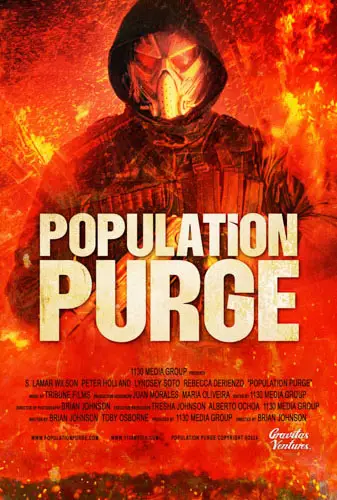
"…This is good filmmaking."
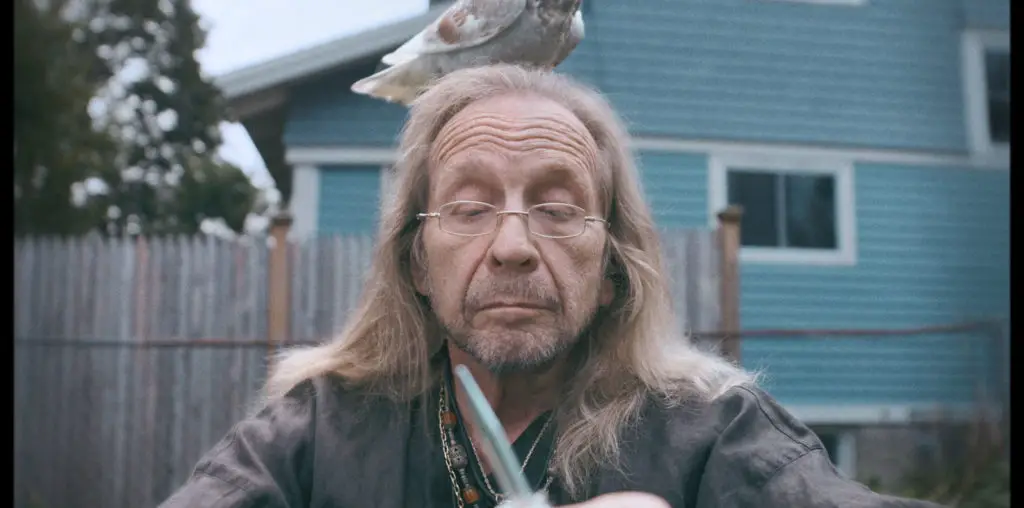
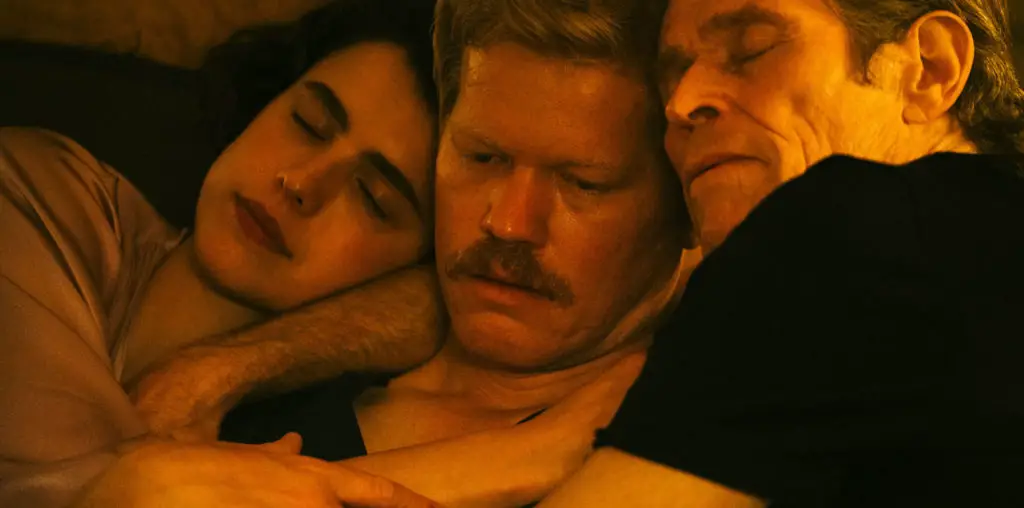
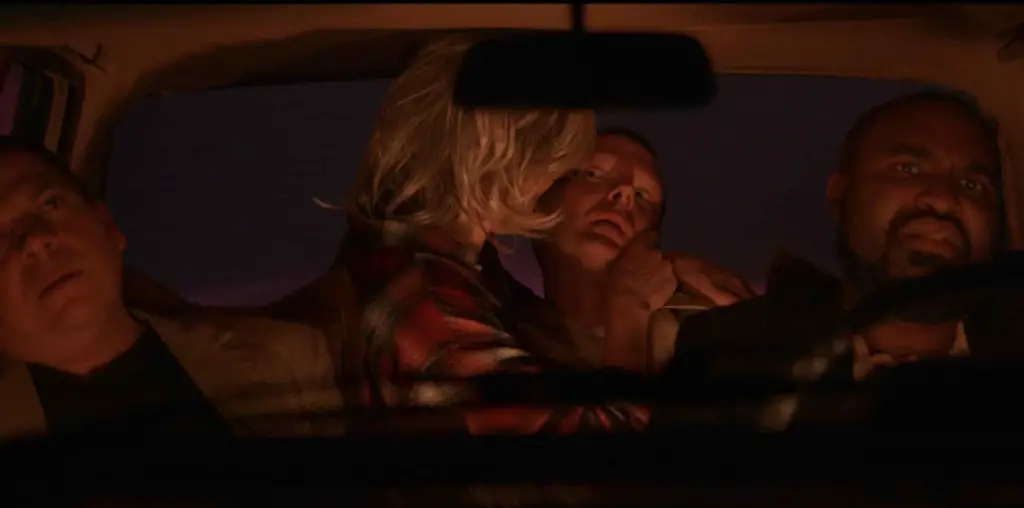
Thank you, Ms Conwell for the kind words about the film and my performance. I deeply appreciate director Brian Johnson giving me the freedom to create the role of Charlie. I’ve always loved stories that play with the reality vs illusion theme. I hope Population Purge finds its audience. It was definitely a labor of love for all involved.